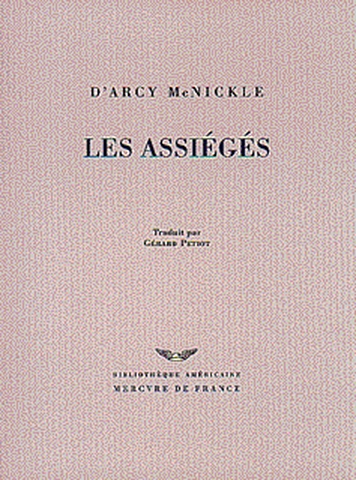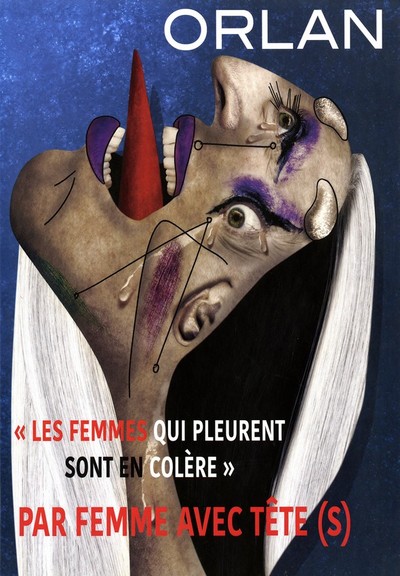par McNickle, D'Arcy (1904-1977)
Mercure de France
1999 -
-
Disponible - 39(73) ARC
Niveau 2 - Ethnologie
Résumé : Ecrite en 1936, l'histoire raconte le retour d'Archilde Leon sur les terres de ses ancêtres maternels, les Indiens Salish, dans le Montana. Elle illustre les thèmes de la défense de la minorité indienne aux Etats-Unis, la déculturation et ses conséquences, le droit à la différence, la tolérance religieuse. L'auteur, un des fondateurs du National Congress of American Indians, était anthropologue.

 Les bibliothèques de la ville de Paris
Les bibliothèques de la ville de Paris
 Les bibliothèques universitaires
Les bibliothèques universitaires
 La BnF
La BnF
 L'encyclopédie Wikipédia
L'encyclopédie Wikipédia
 L'Encyclopædia Universalis
L'Encyclopædia Universalis
 La bibliothèque du film
La bibliothèque du film
 La médiathèque de la Philharmonie de Paris
La médiathèque de la Philharmonie de Paris









